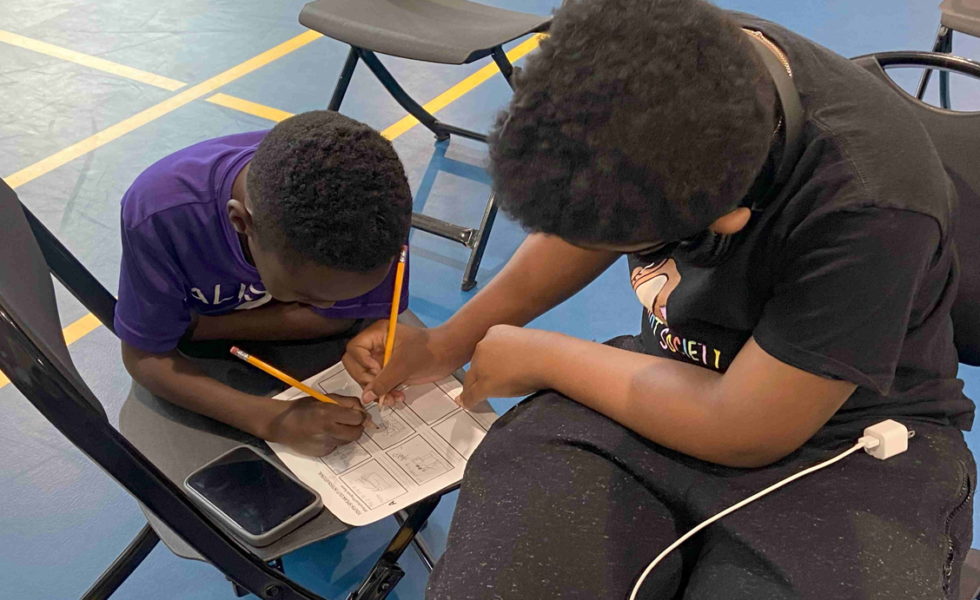Breaking It Down: Today’s Digital Citizens Week Two

Breaking It Down is a blog series where we break down Youth Speak Out International’s curriculum week-by-week, exploring the major concepts and activities. This post looks at the lesson for Week Two.
The internet provides people with the ability to share information quickly and easily. This can be incredibly useful– but also potentially dangerous. In the second week of our Today’s Digital Citizens program, we explain the concept of a “digital footprint” and explore with our students what is acceptable to share online and what is not.
The session starts by reviewing what the students learned from talking with their families and observing their technology habits for a week. After that discussion, students return to their groups from the first week and begin working on their iPads. They learn that the information they share online leaves a trail of breadcrumbs and that private information should not be posted on the Internet.
Once the students understand those concepts, their attention turns to their PSA project. In the second week, students choose their roles on the team. Options for jobs include: producer, storyboard artist, script writer, camera person, actor, and voiceover. Once they have chosen jobs and reviewed the camera positions that they learned in the first week, students are given a list of potential topics for their PSA. Topics include: media balance and wellbeing, privacy and security, digital footprint and identity, relationships and communication, cyberbullying and digital drama, and media literacy. From those topics, each group must agree on a topic and brainstorm a main idea for their PSA.
The homework for the second week is to share with their families what they have learned in our second session. Students are told to brainstorm three pieces of information that they should not share online. Then, they should have a discussion with their family about digital breadcrumbs and the power of data collection online. Family members should offer three things that they will not share online.
Week Two covers a lot of ground. But at this point, the projects are beginning to come together, and students are getting a chance to have meaningful discussions. We hope they come back in the third week ready to keep up the momentum.
 youthspeakoutint.org
youthspeakoutint.org

Leave a Reply